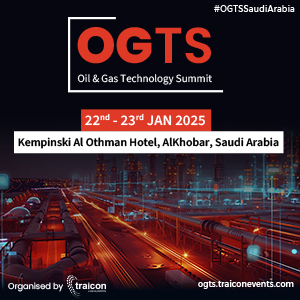
Indonesia’s SWF should Invest More in Renewables: Experts
Indonesia’s $900 billion sovereign wealth fund (SWF) – The Daya Anagata Nusantara Invesment Management Agency (Danantara Indonesia) – should prioritise investments in renewable energy in response to public scrutiny over its perceived lack of contributions and potential risks to Indonesia’s economy, experts have suggested.
The call by experts came after Indonesia’s Energy Minister Bahlil Lahadalia’s statement that the SWF will take part in a coal gasification project that aims to slash the country’s imports of liquefied petroleum gas or LPG.
According to Bahlil, he had a meeting with President Prabowo Subianto and the latter had greenlit 21 such projects, which would take approximately $40 billion in investment. This includes facilities that will produce dimethyl ether (DME) as an alternative to LPG using low-calorie coal.
American gas supplier Air Products, in partnership with the state coal miner Bukit Asam, broke ground on a $2.3 billion coal gasification plant in South Sumatra in 2022. The state-owned gas company Pertamina was set to be the offtaker who would buy the DME produced by the facility.
However, Air Products later withdrew from the project. Though some Chinese investors offered to support the project, they too decided to pull out the project as well.
Follow Temasek’s Path
Tata Mustasya, Executive Director of the Sustainable Welfare Foundation Indonesia (SUSTAIN), said that Danantara should follow the path of Singapore’s sovereign wealth fund, Temasek, which allocated approximately $32.6 billion – 11% of its total portfolio − to sustainable investments last year, according to a report in Indonesia Business Post.
Meanwhile, China and Vietnam serve as models in renewable energy development as China broke records in solar and wind power installations, contributing 58% of global solar expansion with over 700 GW of installed capacity in 2024.
Vietnam has also led Southeast Asia in solar energy, adding 13 GW since 2017 through progressive policies. Other countries like Thailand, the Philippines, and Malaysia are also advancing their solar capacity.
Indonesia aims to generate 23% of its energy from renewable sources by 2025, requiring an estimated $37 billion in investment. SUSTAIN’s calculations suggest that this funding could be sourced from additional coal levies, potentially generating $23.58 billion per year.
Concerns persist that Danantara will primarily invest in extractive industries like coal. However, the Prabowo Subianto administration has pledged in international forums such as the G20 to achieve net-zero emissions before 2050. Investment in renewables would bolster energy security and expand energy access.
In a statement, Tata Mustasya said that if the government insists on financing extractive projects like coal gasification through Danantara, it will burden the economy and lock Indonesia into high emission levels, making net-zero emissions by 2050 impossible.
Meanwhile, the Institute for Energy Economics and Financial Analysis (IEEFA) estimates that the US-backed coal gasification project could result in losses of $377 million and require subsidies of $354 per ton of dimethyl ether (DME) fuel.
Mutya Yustika, an energy finance specialist at IEEFA, highlighted that global investment trends favor sustainable projects and urged the government to reconsider its priorities, favouring solar and wind energy over high-risk extractive industries.
“Investing in clean energy not only provides strong returns and quick payback periods, but also strengthens Indonesia’s industrial supply chain,” she noted.
Despite Indonesia’s commitment to a clean energy transition, progress has been slow. By 2024, the country had only reached 675 MW of solar capacity, far from the 6,500 MW target set in the National Energy Plan (RUEN) for 2025.
Danantara has a strategic opportunity to play a crucial role in bridging this gap. By channelling its resources into renewable energy, it can help Indonesia meet its targets while restoring public confidence, the report said.












